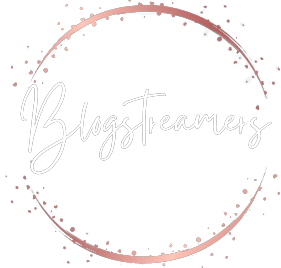Welding is an art form that combines skill with precision, but it also comes with significant risks. From intense heat and sparks to harmful fumes and noise, welders face numerous hazards every day. That’s why protective gear is a necessity, not an option.
This blog post explores the six most important protective gears for welders.
Welding Helmets
A welding helmet is arguably the most critical piece of protective gear for any welder. A welding helmet or hood, like sugar scoop welding hood, shields your face and eyes from harmful ultraviolet and infrared rays, flying sparks, and intense light.
Modern welding helmets come equipped with auto-darkening features that automatically adjust the shade based on the arc light’s intensity. This feature not only adds convenience but also enhances safety by providing consistent protection without manual adjustments.
When choosing a welding helmet, consider factors like lens reaction time, comfort, and weight. A well-fitted helmet will reduce strain on your neck and shoulders, allowing you to work more efficiently.
Fire-Resistant Clothing
Welding involves high temperatures and sparks, making fire-resistant clothing a must-have. This type of clothing is designed to withstand the extreme conditions typical in welding environments.
Made from materials like treated cotton or leather, fire-resistant clothing protects your skin from burns and reduces the risk of fire-related accidents. It’s essential to wear long sleeves and pants to cover as much skin as possible.
Additionally, some fire-resistant garments come with moisture-wicking properties to keep you comfortable during long hours of work.
Gloves
Your hands are your primary tools in welding, making gloves indispensable. Welding gloves are specifically designed to protect your hands from heat, sparks, and sharp objects. They are typically made from leather and feature reinforced stitching to withstand the rigors of welding activities.
Some gloves also offer additional padding for increased comfort. When selecting welding gloves, it’s crucial to consider the type of welding you’ll be doing. For instance, TIG welding requires gloves that offer more dexterity, while MIG welding gloves should provide better heat resistance.
Boots
Welders should wear boots with steel toes to protect their feet from falling objects and heavy equipment. The boots should also have non-slip soles to prevent accidental slips and falls, which are common in welding environments.
Fire-resistant materials in the boots add an extra layer of protection against sparks and hot metal. When choosing welding boots, ensure they fit well and are comfortable enough for long hours of standing. High-top boots are preferable as they offer additional ankle support and protection.
Respiratory Protection
Welding fumes and gases can be hazardous to your respiratory system, making respiratory protection crucial. Depending on the type of welding, you may need anything from a basic dust mask to a more advanced respirator with filters for specific gases.
Respiratory protection not only helps prevent inhalation of harmful particles but also improves your overall work quality by ensuring you can breathe easily.
Ear Protection
Noise levels in welding environments can be dangerously high, making ear protection essential. Prolonged exposure to loud noises can lead to hearing loss, which is often irreversible. Earplugs and earmuffs are the most common forms of ear protection used in welding.
They are designed to reduce noise levels while allowing you to hear important sounds like alarms and communication with coworkers. When selecting ear protection, consider the noise reduction rating (NRR) and choose products that are comfortable for extended wear.
